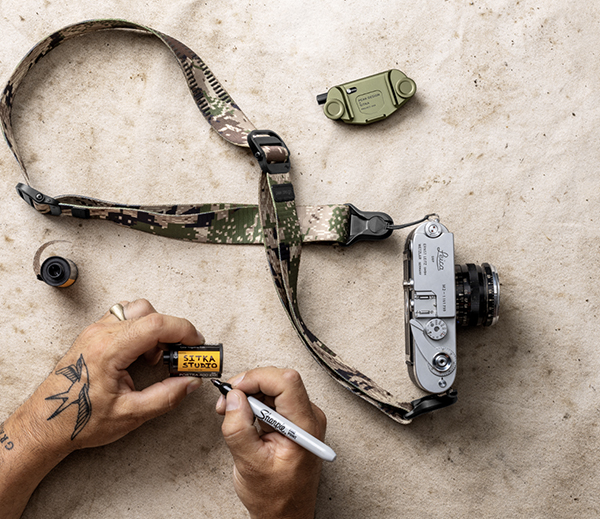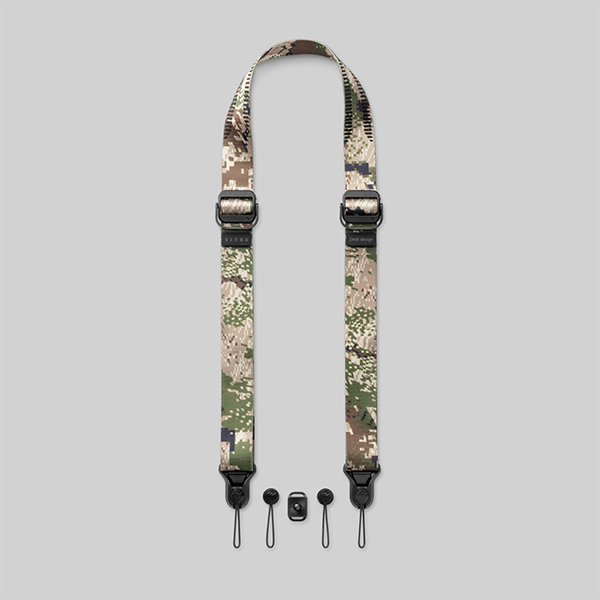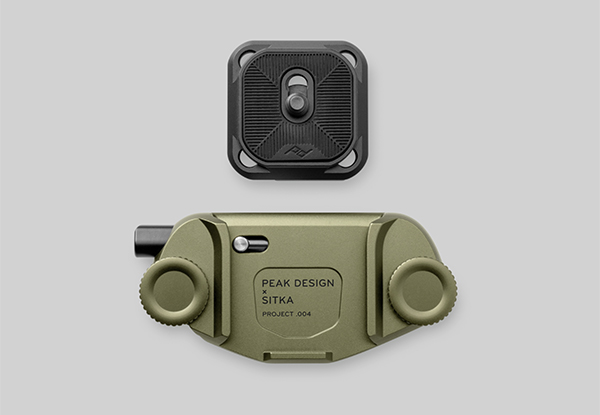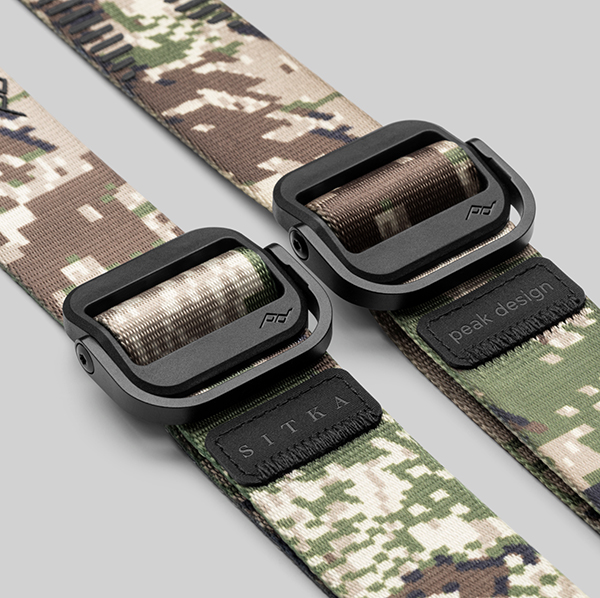XMAS Night Photography: It’s Time to Get Up to Speed (VIDEO)
Christmas festivities are just three weeks away, and many folks have already decorated their homes with colorful lights and interesting objects. This means it’s time to bone up on your skills and do a bit of practicing as the special season unfolds.
Even if you’re adept at shooting after dark, photography during the holidays is a bit different. That because of the preponderance of vivid bright lights, and the added challenge of darker elements that often should be included. This helpful tutorial comes from The School of Photography, a leading source of photo education in the UK.
Most of us have tried our hand at this challenging task, and disappointing results are not uncommon. But in barely nine minutes, instructor Marc Newton demonstrates several help techniques for getting the job done to perfection.

In this behind-the-scenes lesson you’ll watch Newton work his magic in London, while strolling through iconic locations like Regent St., Piccadilly Circus, and Oxford St. The tips he provides are easy to emulate, and you may even capture a few spectacular images that you can use for next year’s holiday cards.
Newton begins on bustling Regent St. with twinkling holiday lights, floating angels, and other beautifully illuminated decorations everywhere he looks. He didn’t do any advance scouting and came with no preconceived goals—other than relying upon his well-developed eye and a few simple technique to capture festive photos with a creative flair.
One of the challenges with this genre of photography is arriving at balanced exposures, and Newton offers some great professional advice. He’s shooting handheld in Aperture Priority mode for reasons he explains, and he reveals the specific camera settings that work best for him (and will for you too).

Thoughtful composition is also a key consideration when shooting these type of scenes that are often cluttered and need to be simplified for maximum impact. Also you see, Newton regularly changes his focus point before reframing an image in various ways until he finds a look that he really likes.
Sometimes this means including people in the shot, while other times he concentrates on decorations and colorful lights to tell the story of this joyful season. And shooting from a variety of perspectives, and bracketing exposures is also part of the equation. The foregoing is just a taste of what you’ll learn by following Newton on his photo walk.
So pay close attention, get out there and practice, and you’ll soon be capturing nighttime holiday photos that really make you proud. There’s much more to learn about all aspects of our craft on The School of Photography YouTube channel, so be sure to take a look after watching this episode and check back often.
We also suggest watching a related tutorial we posted recently from another accomplished pro, explaining how to shoot breathtaking light trails on city streets after the sun drops below the horizon.













